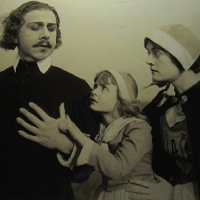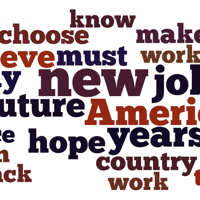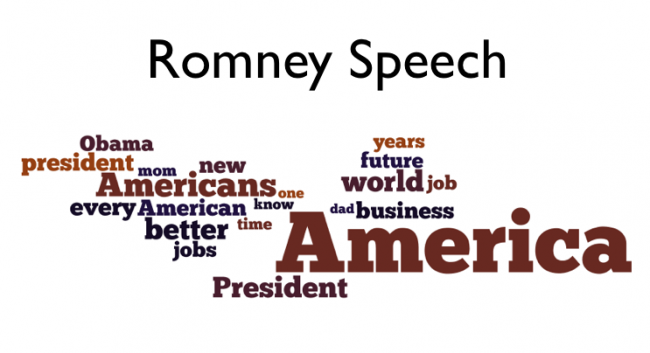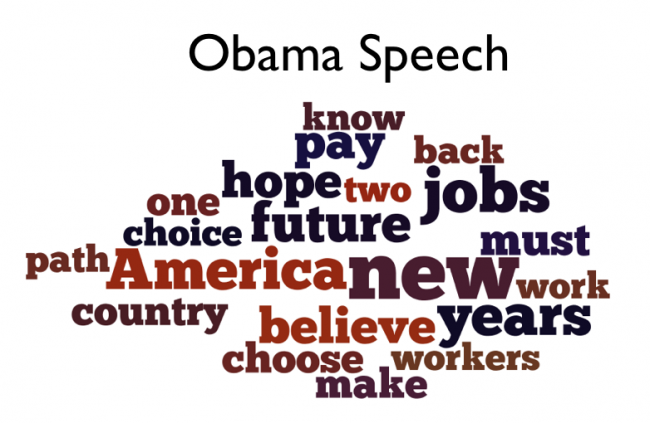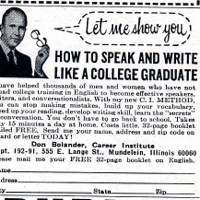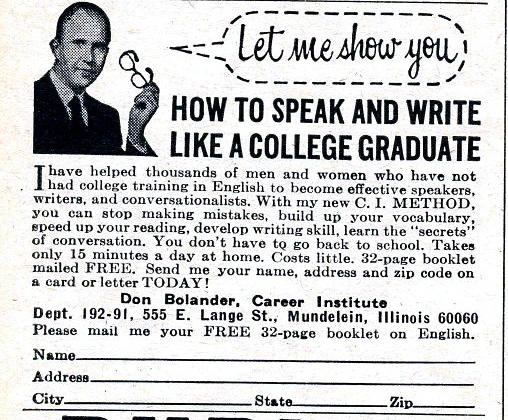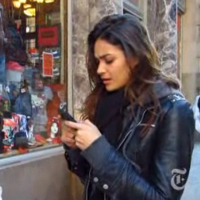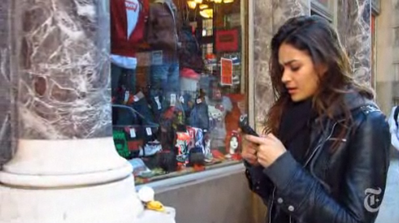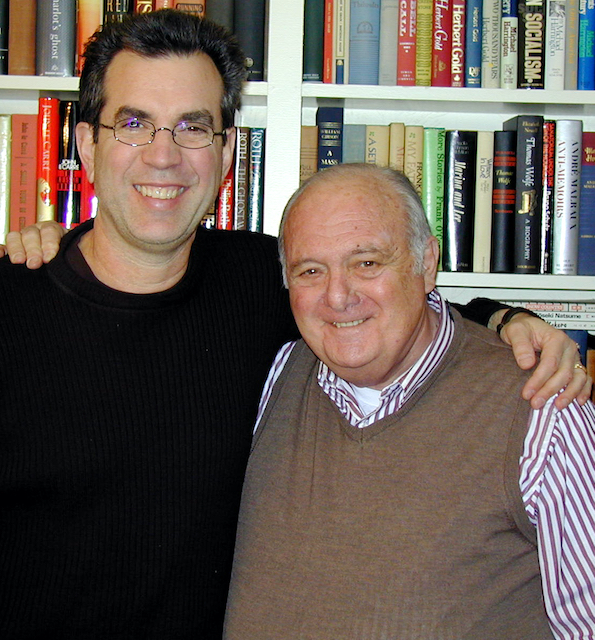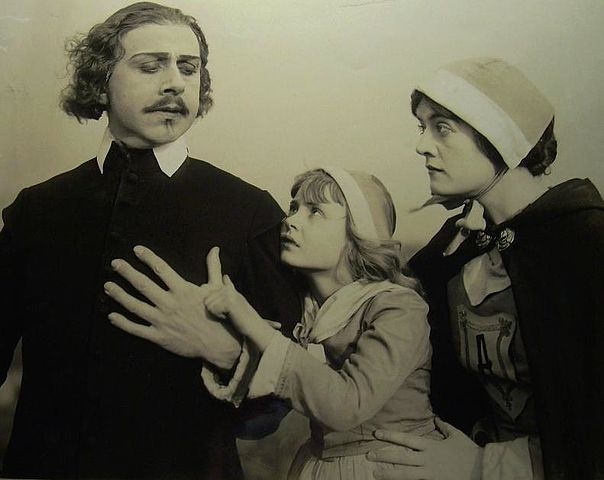 The NY Times Learning Network has just launched a new series of lesson plans called “Text to Text.” It’s a simple approach that pairs two written texts that “speak to each other.” I think it’s a Common Core close reading strategy that could be easily replicated by teachers across the curriculum – great way to blend nonfiction with fiction and incorporate a variety of media with written text.
The NY Times Learning Network has just launched a new series of lesson plans called “Text to Text.” It’s a simple approach that pairs two written texts that “speak to each other.” I think it’s a Common Core close reading strategy that could be easily replicated by teachers across the curriculum – great way to blend nonfiction with fiction and incorporate a variety of media with written text.
Each lesson includes a key question, extension activities and additional resources to expand the basic lesson. Here’s two graphic organizers to help student organize their “Text to Text” thinking. (free PFD downloads)
Comparing Two or More Texts
Double-Entry Chart for Close Reading
The NY TImes plans to continue the series at the Learning Network – tagged Text to Text.
To date they have created three sample lessons:
“The Scarlet Letter” and “Sexism and the Single Murderess”
Key Question: To what extent is there still a sexual double standard, and how does that double standard play out in contemporary culture?
It pairs a passage from “The Scarlet Letter” with a recent Op-Ed article that, together, invite discussion on societal attitudes toward female sexuality.
“Where Do Your Genes Come From?” and “DNA Double Take”
Key Question: How are recent advances in science changing our understanding of the genome, and how might this affect fields like forensic science or genetic counseling?
It matches a Times article with often-taught scientific, historic, cultural or literary material. This edition is about new findings in genetics.
“Edward Snowden and Daniel Ellsberg”
Key Question | Is Snowden a Hero, a Traitor or Something Else?
It pairs two Times articles that capture parallel moments in history: Daniel Ellsberg’s surrender to the police in 1971 after leaking the Pentagon Papers, and Edward Snowden’s public admission in June that he leaked classified documents about United States surveillance programs.
Image credit: 1917 Film version of ”The Scarlet Letter” – publicity still (cropped)
L. to R Stuart Holmes, Kittens Reichert & Mary Martin Date
